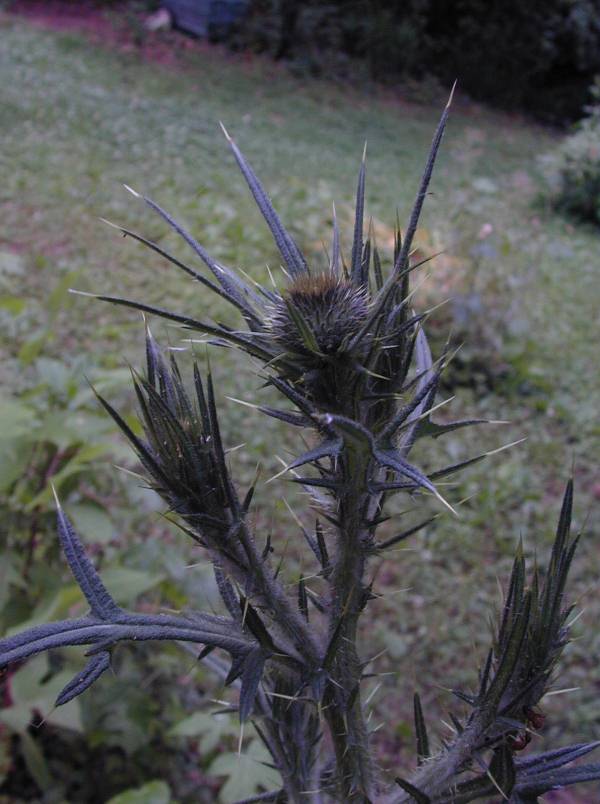Aphids – Control

If you want to become an aphid expert, early summer is the best time to easily find them in your landscape. The tips of rose and crapemyrtle branches usually have dozens or hundreds of these sap-sucking insects. Many plants can tolerate a moderate number of aphids without injury. But aphids can feed so heavily that leaves are distorted and flower buds fall off.
SOOTY MOLD Aphids have two tubes projecting from the hind end of their body. When the insect ingests too much sap, a sweet liquid called “honeydew” drips from the tubes. The honeydew covers leaves below a group of aphids. A black fungus called sooty mold then grows on the leaf surface and causes much consternation to gardeners. The mold doesn’t hurt the leaves but it does cut down on photosynthesis.
BLAST ‘EM OFF One way to control aphids is to blast them off with a stream from your hose. They might be able to migrate back onto the plant but insect predators will have easy pickings while the aphids are on the ground. Use an insecticidal soap on your branch tips if the plant is too remote from a water source. Aphids are also naturally controlled by lady beetles, lacewings and hover flies. Tiny parasitic wasps lay their eggs inside aphids. The hatching wasp larvae consume the inside parts of the aphid, then exit to find another aphid to parasitize.
SYSTEMIC INSECTICIDES Nature does its best to control aphids with beneficial insects. For this reason I do not recommend spraying an aphid-infested plant with contact insecticide.
Some systemic insecticides, however, only poison the sap of the plant. I have had excellent results with imidacloprid. It is applied as a drench in spring and gives season-long control of aphids, azalea lacebug and whitefly.
aphids on rose stem













